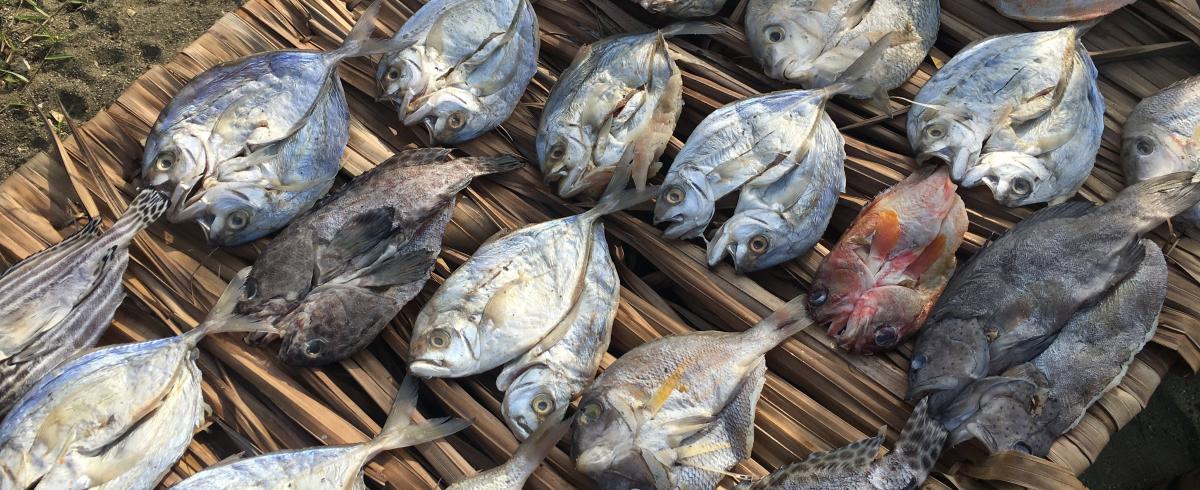- 이 주제는 비어 있습니다.
- 글쓴이글
- 4월 3, 2025 6:41 오후 #620362

value-added fish processing represents a significant avenue for economic diversification within the fisheries sector.
It moves beyond the simple act of catching and selling fish, transforming raw materials into higher-value products that cater to diverse consumer needs. This transformation not only increases profitability for fishermen and processors but also enhances food security and creates employment opportunities.
1. Extending Shelf Life and Reducing Waste
Processing fish into products like smoked fish, dried fish, or fish fillets significantly extends its shelf life. This is crucial in regions where refrigeration is limited or unreliable.
By reducing spoilage, these methods minimize waste and ensure a more stable food supply. This processing can also help maintain the nutritional value of fish over longer periods, making it a reliable source of protein and essential nutrients.
2. Diversifying Product Offerings and Market Access
Value-added processing allows for the creation of a wide range of products, catering to diverse consumer preferences. This includes items like fish sausages, fish burgers, fish oils, and fish meal.
By diversifying product offerings, fishermen and processors can access new markets and increase their income. The ability to create specialized products allows them to target niche markets, such as those seeking organic or sustainably sourced seafood.
3. Enhancing Nutritional Value and Consumer Convenience
Processing can enhance the nutritional value of fish by fortifying it with essential vitamins and minerals. Additionally, it can create convenient, ready-to-eat or ready-to-cook products that appeal to busy consumers.
This convenience factor drives demand, allowing processors to command higher prices. Furthermore, the ability to control processing conditions allows for the removal of unwanted components, leading to healthier end products.
4. Creating Employment and Supporting Local Economies
The establishment of fish processing facilities creates employment opportunities in rural and coastal communities. These jobs range from processing and packaging to marketing and distribution. This economic activity boosts local economies, reduces poverty, and improves livelihoods.
Furthermore, the development of supporting industries, such as packaging and transportation, further contributes to economic growth.
5. Utilizing By-Products and Minimizing Environmental Impact
Value-added processing also involves the utilization of fish by-products, such as fish skins, bones, and heads. These by-products can be transformed into valuable products like fish oil, fish meal, and collagen, reducing waste and maximizing resource utilization.
This approach minimizes the environmental impact of fishing activities by ensuring that all parts of the fish are used effectively. Additionally, good processing practices can reduce pollution.
The implementation of robust value-added fish processing strategies is essential for the sustainable development of the fisheries sector. It promotes economic growth, enhances food security, and minimizes environmental impact.
By moving beyond the simple sale of raw fish, communities can unlock new opportunities and ensure the long-term viability of their fishing industries.
Read Also: Fish as a Natural Pest Control Agent in Agriculture
- 글쓴이글
- 답변은 로그인 후 가능합니다.

